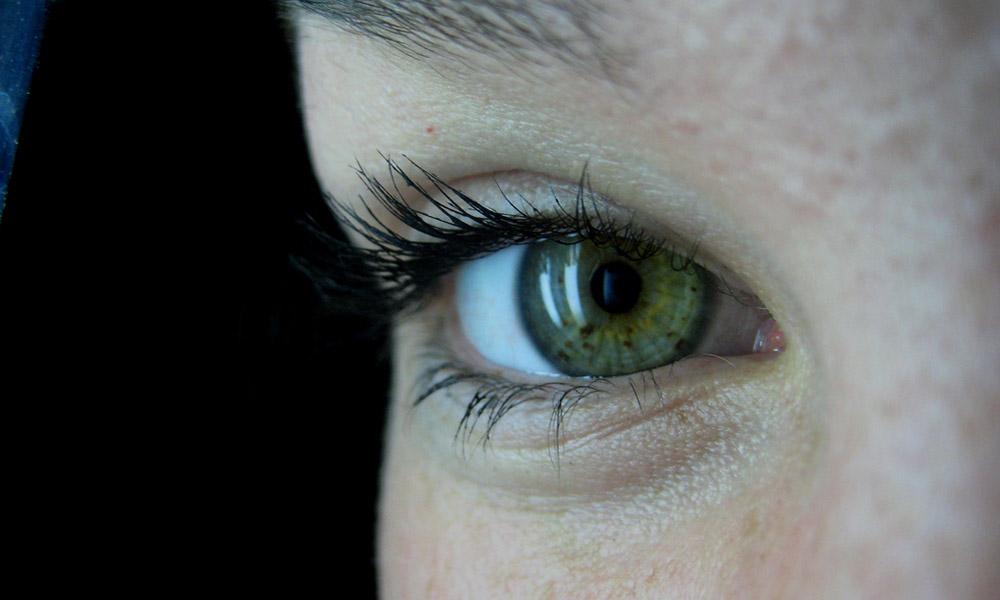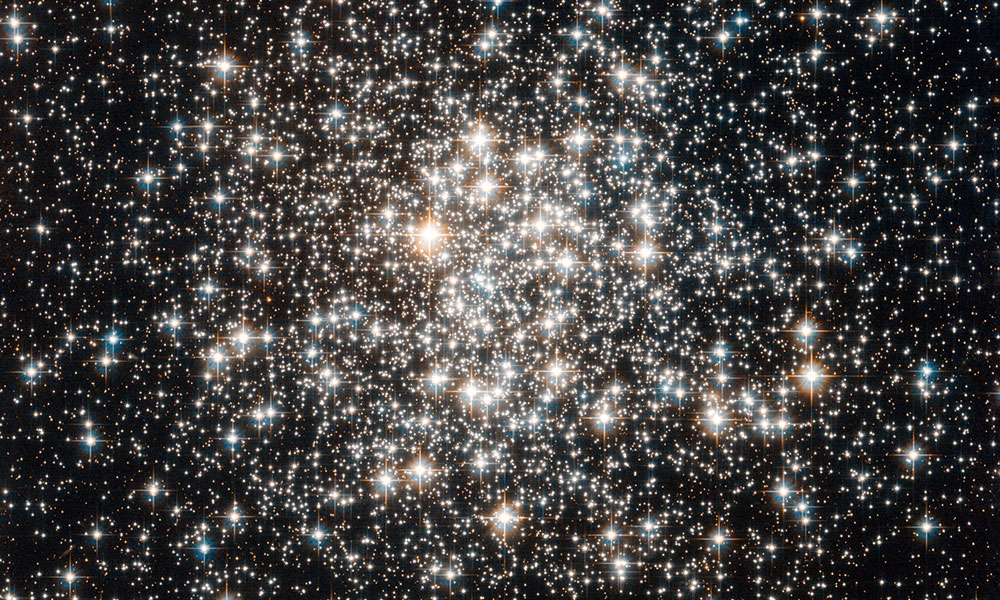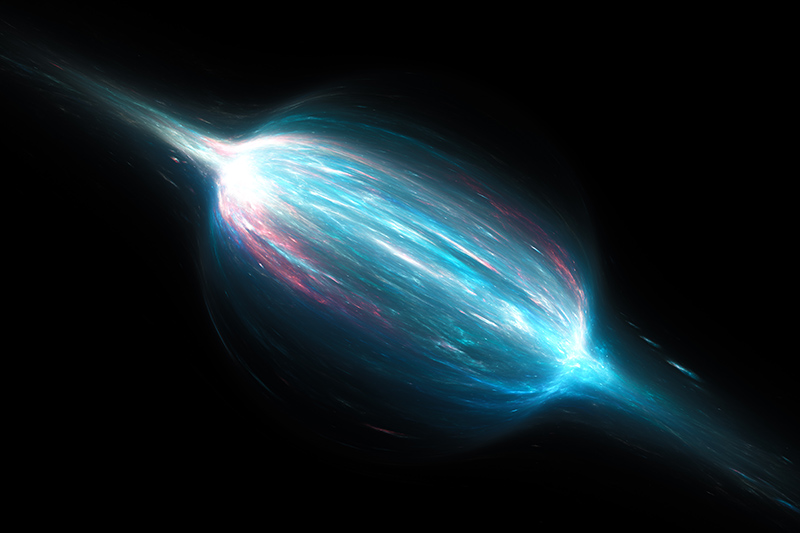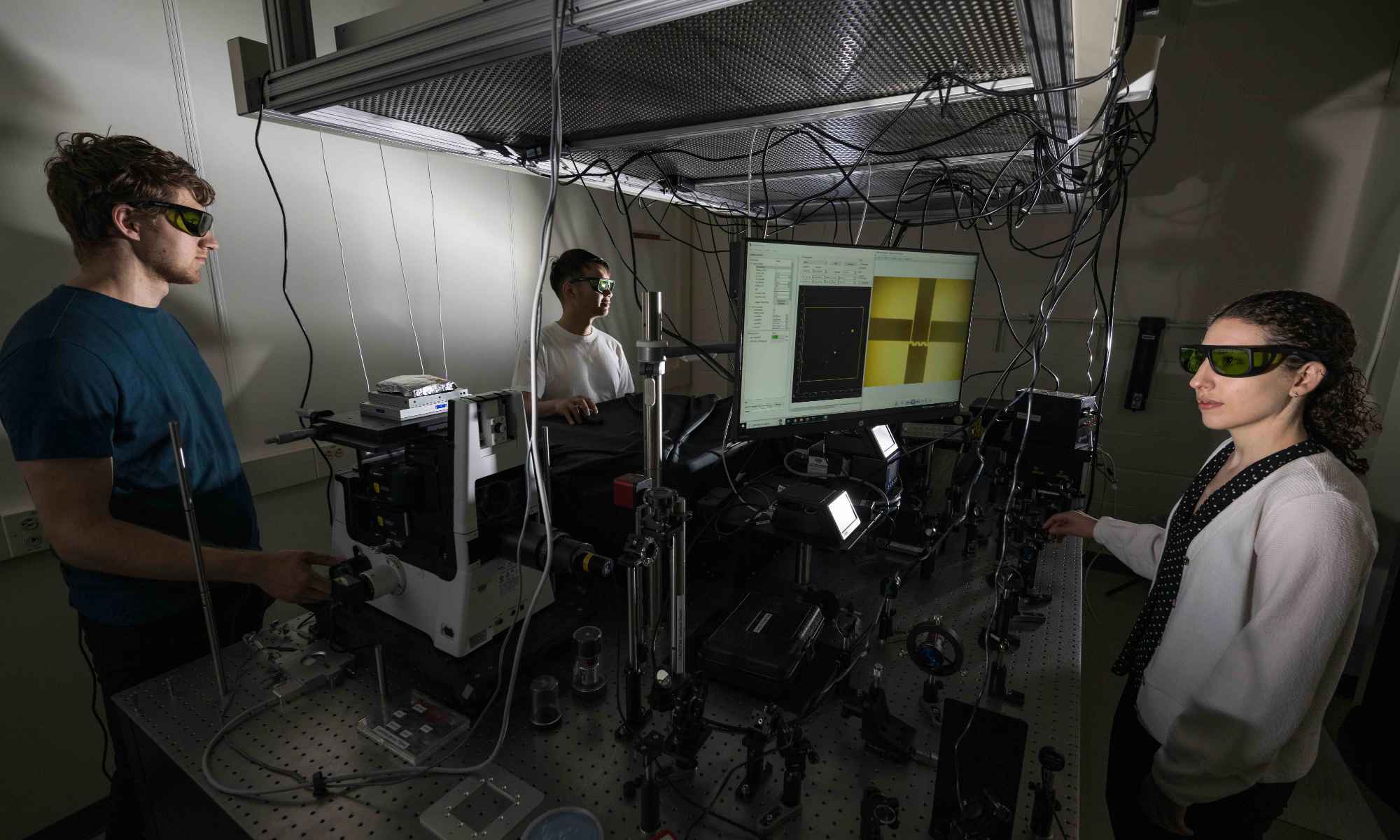Did you know that every time you pick up your smartphone, you are holding in your hand a product made possible by a Nobel Prize-winning technology developed at the University of Rochester?
Chirped-pulse amplification, or CPA, is a technique for creating ultrashort, yet extremely high-energy laser pulses necessary in a variety of applications—including the manufacturing of glass for cellphone screens.
CPA was developed by Gérard Mourou, a former engineer and senior scientist at the University of Rochester’s Laboratory for Laser Energetics (LLE), and Donna Strickland ’89 (PhD), who were jointly awarded the 2018 Nobel Prize in Physics for their research. CPA technology, which was the basis for Strickland’s 1988 PhD dissertation at Rochester, paved the way for more compact and precise high-intensity laser systems.
“CPA is a state-of-the-art technique that’s still being used to push lasers to higher and higher intensities,” says Jonathan Zuegel, a professor of optics at Rochester and senior scientist at the LLE. “We put a lot of energy into short pulses that are useful for scientific experiments, but they’re also useful for industry, medicine, and commercial applications. It’s really a fundamental advance.”
These are just some of the ways Strickland and Mourou’s CPA invention is used in the world today.
Cancer treatments

CPA can accelerate protons for proton therapies that are used to treat deep-tissue tumors, like those that develop in the brain. “This is the only way to get to these tumors and very precisely deposit energy where the cancer cells are without destroying the rest of the brain,” Zuegel says.
Laser eye surgery

CPA has been used in Lasik eye surgery to quickly slice open the lens of the eye without damaging the surrounding tissue, and nearly 10 million patients in the United States have had their vision corrected with the procedure. Wayne Knox, professor of optics at Rochester, has used CPA to take surgery a step further. Knox is working with commercial startup Clerio Vision to develop new ways of using ultrafast lasers in noninvasive eye surgeries and to modify contact and intraocular lenses. Unlike Lasik, the new procedure does not involve cutting the eye and can be used on the same cornea potentially multiple times as a person ages. “We are using CPA for the next generation of vision correction,” Knox says.
Commercial products

CPA lasers opened up an industry for more precise machining of a wide range of materials. This process uses thermal energy to remove material from metallic or nonmetallic surfaces. “Industry has adapted CPA for a range of laser materials processing techniques, including machining of brittle materials like the cover glass used in smartphones,” says Dustin Froula, an assistant professor of physics and senior scientist at the LLE.
Studying fundamental physics principles

“This CPA capability allows us to generate huge quantities of charged particles and light for heating matter to stellar interior conditions so fast that the material does not know what happened,” says Gilbert (Rip) Collins, a professor of mechanical engineering and of physics and director of Rochester’s high-energy-density physics program. “It can generate copious quantities of electron-positron pairs emulating electron-positron pair plasma powered by supermassive black holes; it can take ultrafast snapshots of planet goo recreated in a laser compression laboratory experiment; and much more.”
Taking images of split-second processes

CPA techniques have been used to take ultrafast images of split-second processes at the molecular level in order to study how atoms behave. “Ultrahigh intensity lasers based on CPA generate new high-energy photon sources, including x-rays and gamma rays, that can probe dense matter and even nuclear structures,” Froula says. Better understanding and visualizing the fundamental nature of atoms can lead to advances in fusion and creating new materials. “We use these kinds of ultrafast lasers to study fusion energy because CPA allows us to take pictures of the implosions we use to generate fusion,” says Ricardo Betti, the Robert L. McCrory professor of mechanical engineering and of physics and chief scientist at the LLE.




